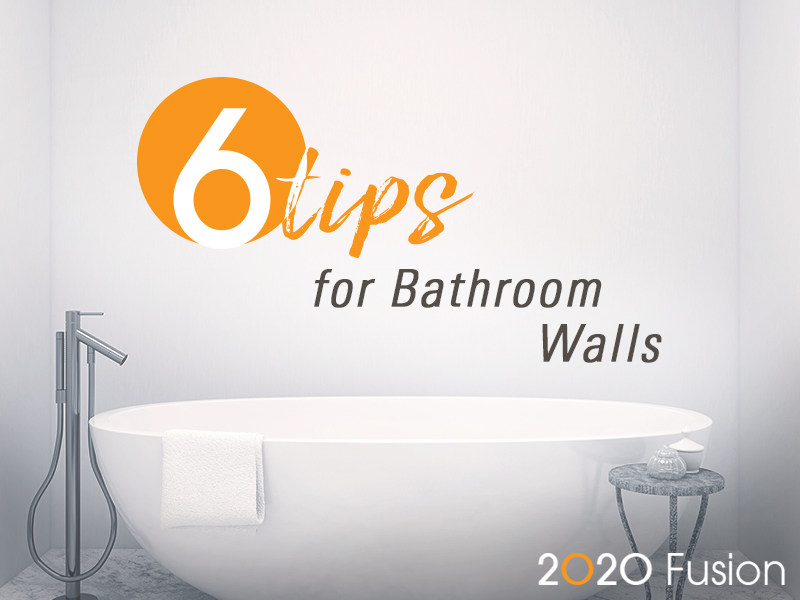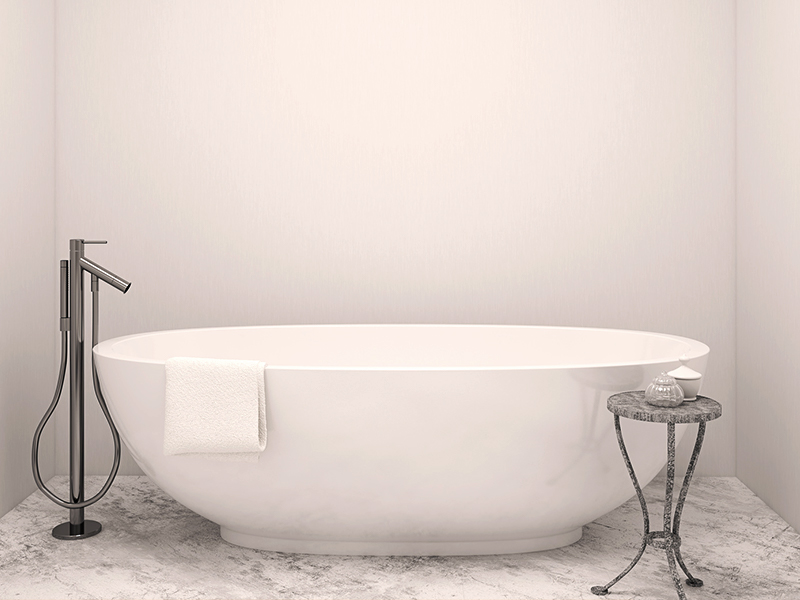
When it comes to bathroom design it is essential to choose the right wall treatments to ensure they can withstand the rigours of a wet environment. Unchecked moisture, both from bath/shower overspray as well as moisture-laden air, is devastating for bathrooms. Even well-vented bathrooms have moisture issues. Plus the walls need to be easy to maintain and keep clean, whilst contributing to the overall look and feel of the bathroom.
Here are six tips to help choose the right bathroom wall
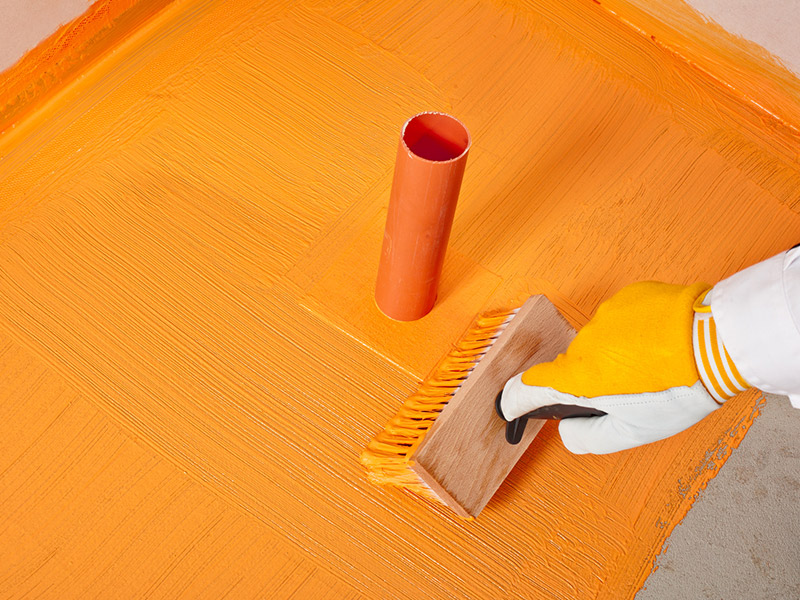
1. Tiles
Tiles are the classic choice for bathroom walls largely due to the hygienic and water resistant properties they have compared to wallpaper and most paints.
Although tiles are water resistant, they aren’t totally waterproof. One very important piece of advice is the shower area should be waterproofed prior to tiling with a waterproofing kit. These inexpensive kits will prevent any potential water damage to the walls behind the tiling. Furthermore, if your client chooses natural stone tiles for their bathroom, ensure they are sealed with the advised maintenance products prior to fixing to prevent water damage/staining.
Bathrooms can accommodate all types of tiles whether they are ceramic or porcelain, glass, travertine or slate. And, with thousands of designs, colours and sizes to choose from, tiles offer a solution to meet the needs of most clients.
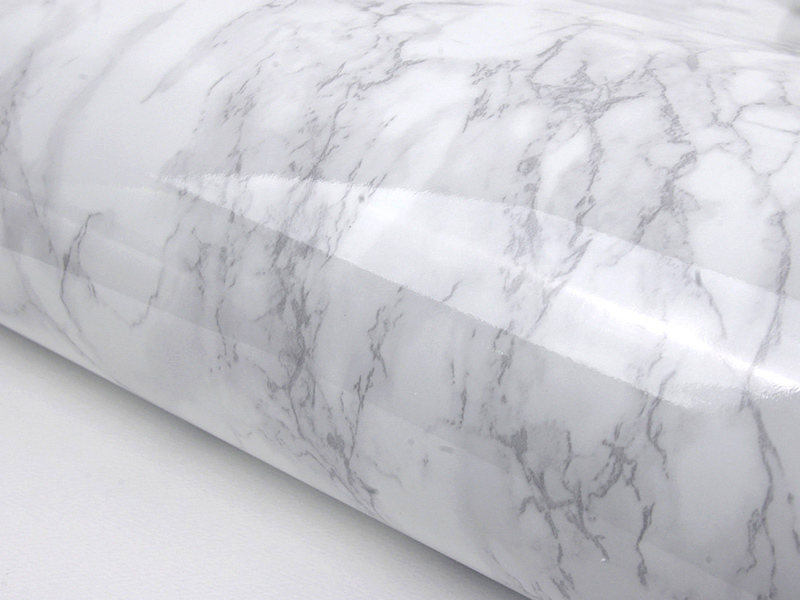
2. Vinyl wallpaper
Vinyl-coated wallpaper is best for bathrooms. All-paper coverings will degrade in the moist environment.
But if vinyl wallpaper makes you think of a downmarket hotel, think again. Vinyl wallpaper has grown up and become sophisticated. Just be sure that the present wall surface can accept peelable wallpaper. It will not stick to matte, flat, or rough surfaces. Also, it works best for indirect, ambient moisture. So use in conjunction with a shower wall cover, such as a panel or tiles.
Large patterns will visually reduce the size of the bathroom. Verticals draw your eye upward and make the room feel taller. Horizontals seem to widen it.
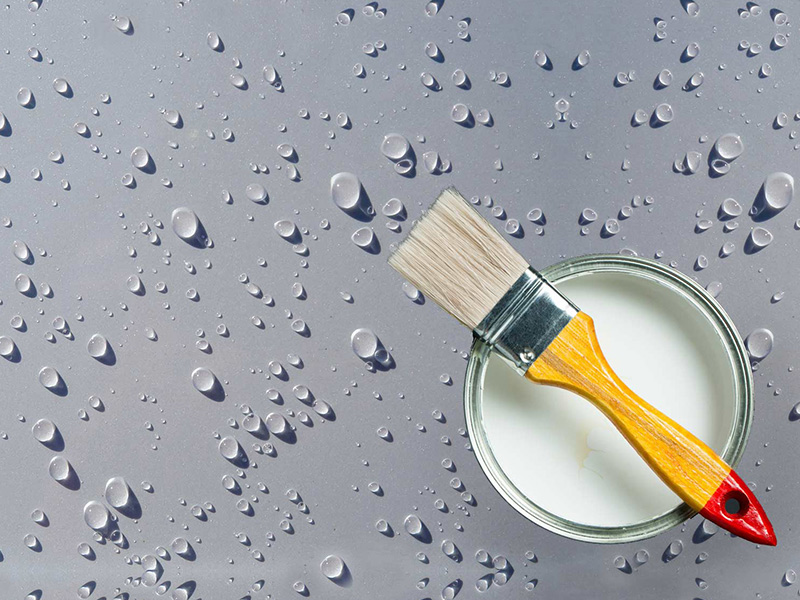
3. Paint
There is no true “bathroom paint.” It simply has anti-microbial properties that allow you to choose flatter sheens than you normally would in a bathroom.
With regular interior paint that has a flat or matte surface, the pores trap water. A classic way to avoid this is to use semi-glossy or glossy sheen as water beads up on these surfaces. But a premium bathroom paint with mould-killing additives lets you have those desirable flatter sheens in the bathroom designs.
As with vinyl wallpaper paint works best for indirect, ambient moisture. So use in conjunction with a shower wall cover, such as a panel or tiles.
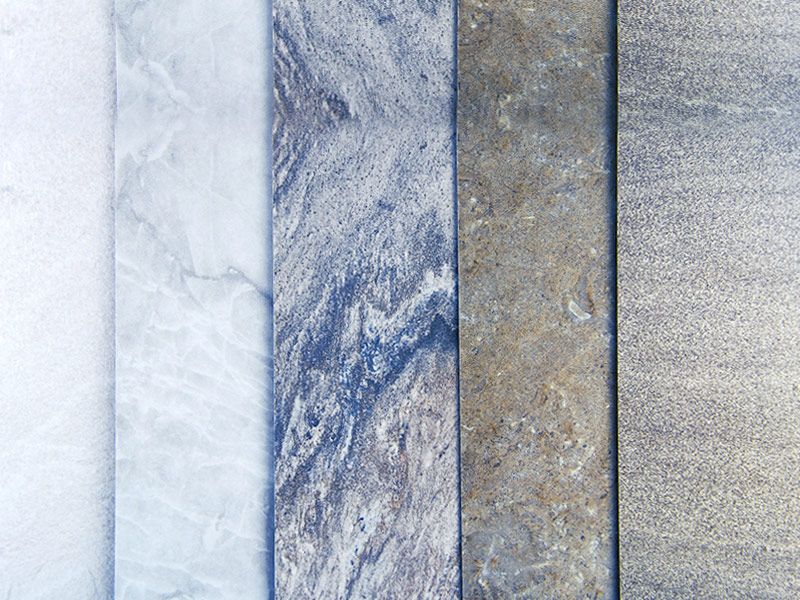
4. Panels
A bathroom shower wall panel is basically a tough, hardwearing and waterproof wall covering designed to be fitted inside shower areas, cubicles or wet rooms. Often sold as a kit, they are a waterproof paneling system and are an alternative to more traditional tiles. They come in a wide variety of colours and finishes from marble effect to plain matte grey and there are even models which come with added sparkles; if your client happens to like a bit of glitz in the morning or when enjoying a candlelit bath.
Bathroom shower wall kits come complete with trims and sealant and, once installed, they do away with the worry of grubby grout which is a definite plus for many clients.
Because the surface of a shower wall is non-porous, they are easy to clean. However a word of warning for your clients: they don’t take kindly to abrasive cleaners and manufacturers will usually advise a special cleaning solution.
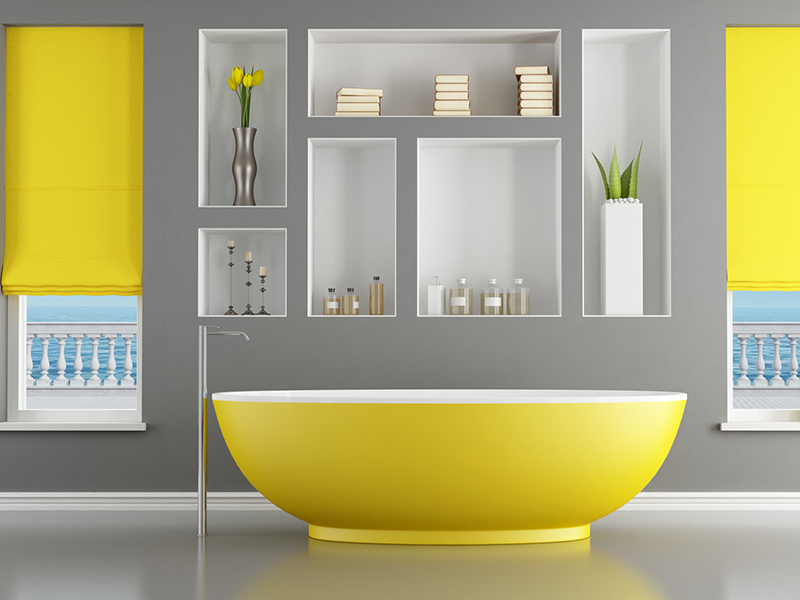
5. Colour
Colour has the power to energize and to soothe, to wake us up and calm us down. Consider the mood your client wants their bathroom to evoke before selecting the palette of materials for your design. The hues in the cabinetry wood and floor and wall coverings play a major role in creating an overall colour personality. Even the sink and bath contribute to the bathroom colour scheme, whether they’re made of white porcelain, dyed concrete, or stone.
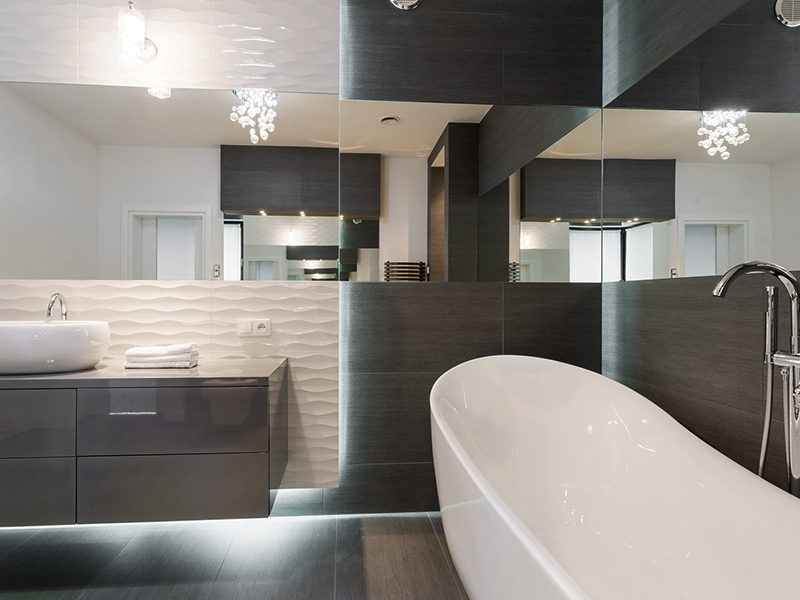
6. Mirrors
A mirror is a designer’s secret weapon. Essential for checking your appearance in a bathroom, a mirror can also be used to amplify light, add drama, create interesting reflections and frame views.
Mirrors add light and depth to the bathroom interior. So if you are designing a bathroom with a small window, place a mirror opposite or next it to increase the amount of natural light cast into the room. A mirror will harness any daylight possible so the bigger the mirror, the brighter the space.
If you are designing a bathroom with a small gap or a sloping ceiling a mirror can be used to either enhance the space or draw attention away from it.
And, if the bathroom space you are designing is small, adding a mirror will expand the space in an instant.
Share this Post

